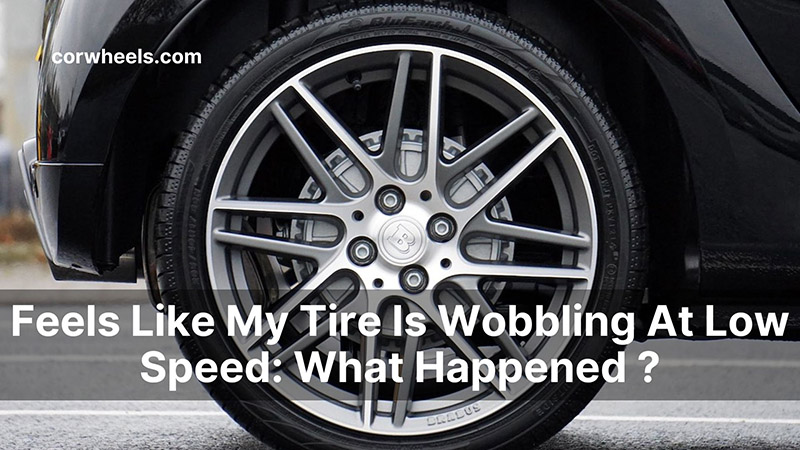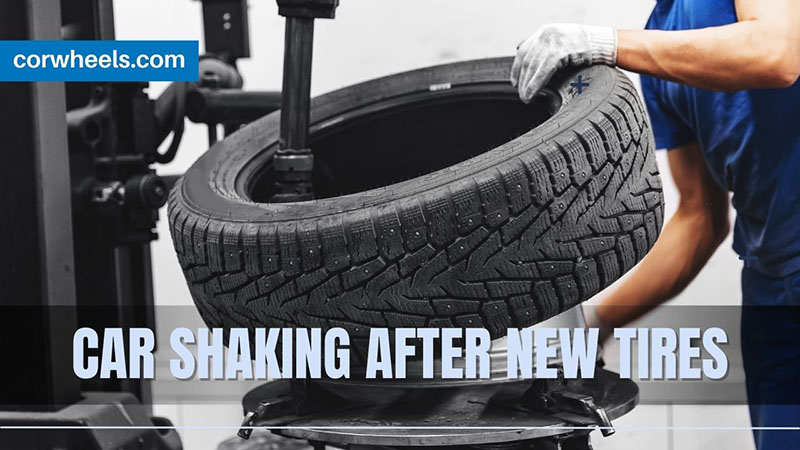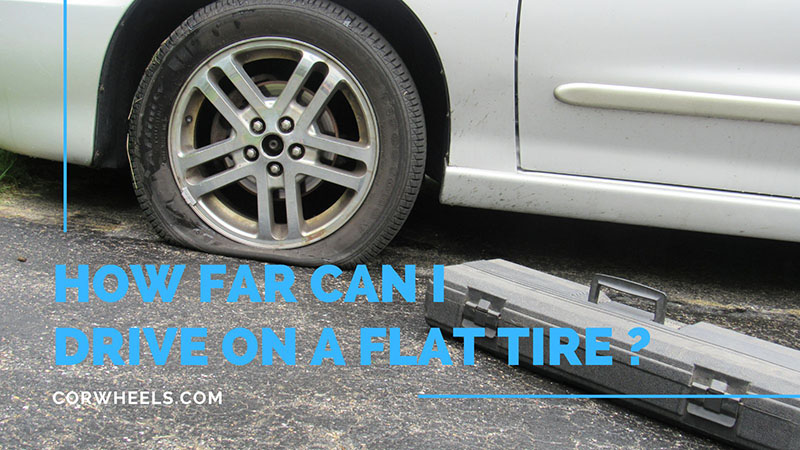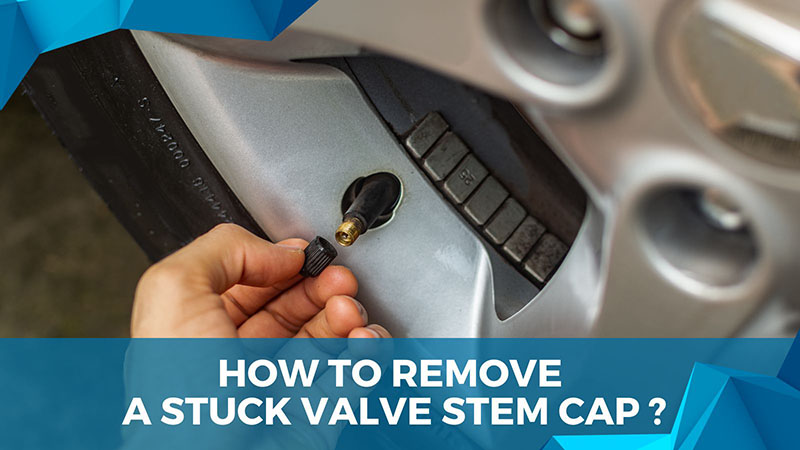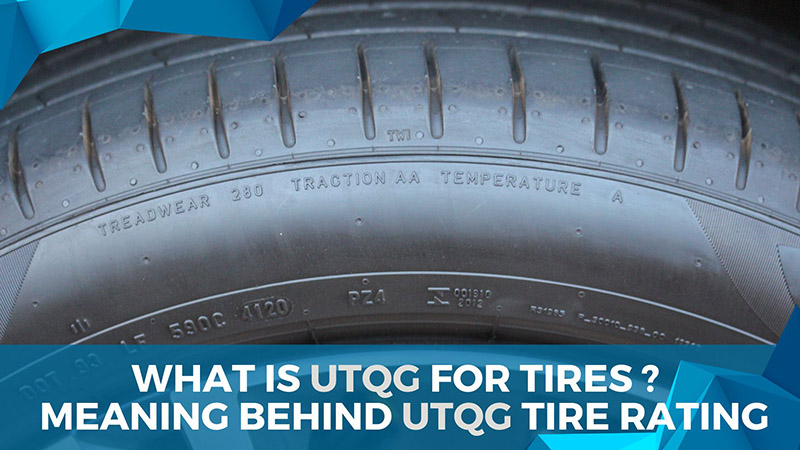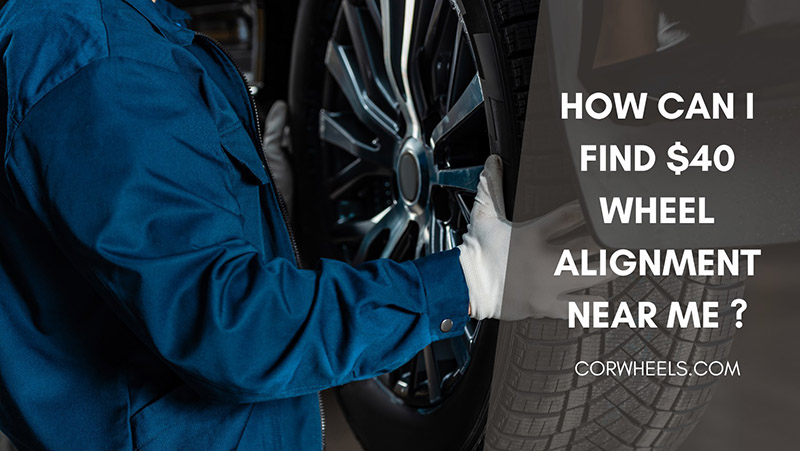Car wobbles when driving have troubled even the most seasoned drivers, especially during hard deceleration. Despite efforts to locate the source of the problem, they still fail to figure out what exactly has gone wrong.
But no worries; As someone who also used to struggle with my car feeling wobbly, we can list a few potential culprits that warrant further investigation. Keep scrolling for more guidance on this regard.
In this article:
Why Does My Car Feel Wobbly? How to Fix It
1. Tire-Related Issues
a. Separated Tires
Car wobbling at low speed (about 15 to 20 MPH) usually stems from separated tires. Keeping driving is a bad idea, as tire blowouts can happen at almost any moment without notice. Pull the car off the sideway to figure out what to do next.
Detailed Symptoms
The Jeep with severe front tire issues often rocks me forward and backward. Meanwhile, if the problem lies on the back, the rocking usually feels more prominent at the car’s rear.
Fix Tips
Once out of the main way, get down to further examine your tires.
Separated tires often manifest in a noticeable bulge or lumps across the tire tread. Change the problematic tire(s) to a spare tire, then bring your car to the nearest tire shop.
b. Out of Roundness
Tires out of roundness or wheels with slight bents will likely cause wobbles from 30 MPH onwards. Though these cases do not warrant emergency treatments, I’m sure any smart driver would love to fix it instantly.
Detailed Symptoms
At 30 to 50 MPH, my Jeep often wobbles or shakes slightly. Although they do not hamper the overall quality of my driving trip, I still feel kinda bugged.
Fix Tips
Some wheel balancing will settle everything. I drive my Jeep to a repair shop, where technicians put it on balancers to locate the problematic tire and have it balanced.
c. Tire Cupping
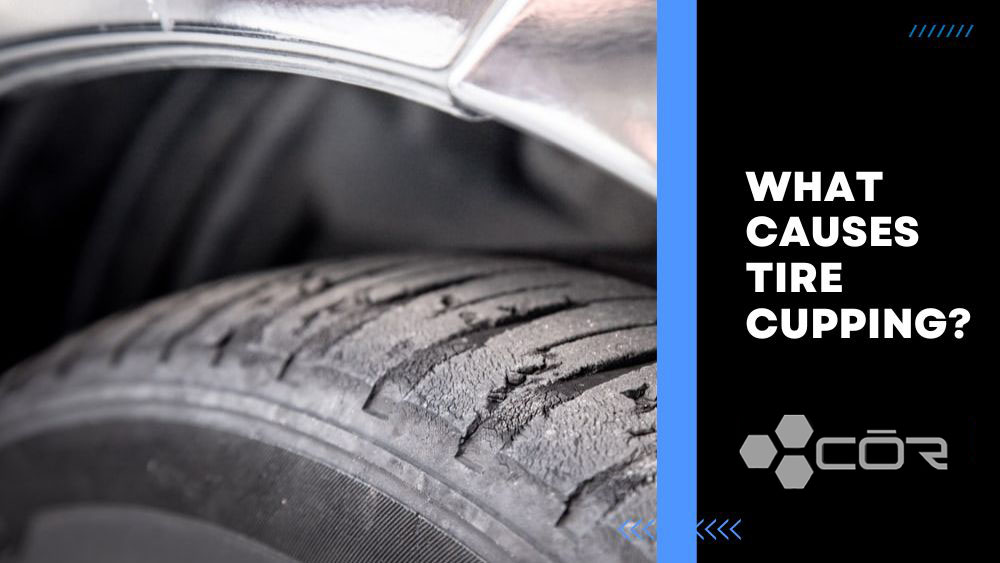
“Cupping” refers to small, wavy patterns along the tire’s edges, usually resulting from rear tire alignment issues.
Detailed Symptoms
I guess the term “wavy patterns” is pretty self-explanatory. Get down to the tires’ level and look for uneven areas donned with small waves.
Fix Tips
There are no better tips for tire cups than four-wheel alignments. Tire replacements or brand-new tires simply won’t do; after all, if you fail to fix the alignment in the first place, tire cups will eventually return.
2. Not Tire-Related Problems
a. Loose Bearings or Suspension
Loose suspension components cause wobbles at the front whenever my Jeep hits a bump, and these slight vibrations persist for at least several more minutes. Fortunately, the issue isn’t serious or of emergency, as these wobbles only occur from time to time.
b. Worn/Bad Motor Mounts
Struggle to drive uphill/downhill or engage hard deceleration? Motor mounts might be involved. As a connection device between the chassis and the engine, faulty mounts will shake when the engine revs up, causing violent, wobbly feels.
It is annoying – but nothing that professional mechanics can’t tackle. Just drive to a shop and let the professionals handle the rest.
c. Warped Braking Rotors
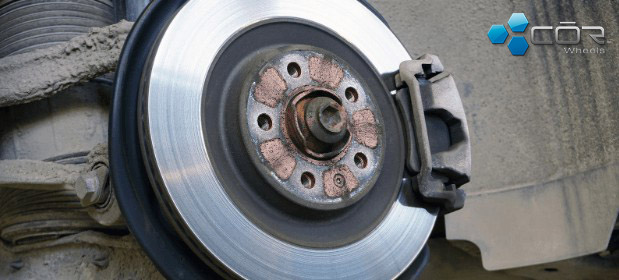
Brake rotors often get squeezed whenever the pedal is pushed down to decelerate my Jeep. That’s totally normal and nothing to worry about.
Warped motors, however, their shape is twisted due to hard braking, water, friction, and excessive heat, causing wobble and shakes every time I hit the brake. Squealing and grinding sounds accompanying the wobbles only make it worse.
How to Avoid Tire Issues? Tips to Make Your Tire Last Longer
Follow all of my simple yet golden tips, and your driving trip will be nothing but smooth from now on:
1. Check Air Pressure Every Month
Maintaining proper tire pressure is the easiest way to stretch your tire’s shelf life. Otherwise, both underinflation and overinflation issues lead to worsened stopping distance, premature tear and wear, sluggish handling, and – even worse – blowout risks.
Note that tire pressure often experiences major changes:
- Every month. Studies have pointed out they lose 1 PSI per month in normal conditions
- In winter months, when cold temperatures lower the pressure and air volume
- In summer, as the excessive heat might inflate the tires several PSI higher than the recommended level
That’s why frequent monthly checks are needed more than ever.
And all of this isn’t only about budget-saving; it can save your life, too. According to NHTS surveys, 1 out of every 11 crashes involves repairable tire issues.
2. Rotate Your Tires Every 5,000 Miles
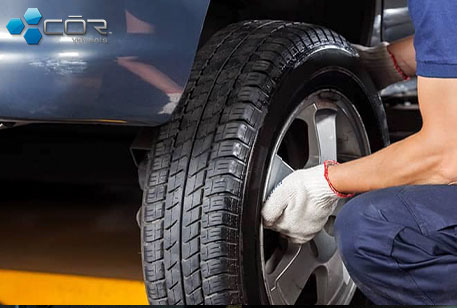
Sure, each car has standard four tires; but do you know that two of them work much harder than the others? That’s where uneven treads and tire wear come from.
Take my FWD Jeep, for instance, whose front tires often wear down faster than their rear counterparts. For RWD vehicles, it is the rear tires that receive the biggest blows. And even AWD suffers from uneven wear – since the drive keeps shifting from one tire to another.
To solve this problem, technicians will “rotate” the tires (moving each tire to different installation positions) to give your drive wheels some deserved rest and balance the wear out. Remember my words: have them rotated every 5,000 miles.
3. Balance The Wheels
Tire rotation often goes along with wheel balancing, so go for both.
Every wheel and tire has heavy spots (brand-new tires counted), causing very small, almost undetectable size differences from 1/4 to 1/2 ounces. Yet, they are more than enough to produce uneven wear and wobbles for my Jeep.
Mechanics would balance the wheels via small specialized, small-weighted machines – an easy and convenient process that charges me much less than tire replacements.
4. Inspect The Alignment Every Two Years
Car wobbling/actively drifting or pulling to the side/shaking steering wheel, etc., are all indicators of severe alignment problems.
Failure to tend to it on time will cost you treadwear and fuel efficiency, so don’t forget to take the vehicle in for quick alignment checks every 6 months – like what I have been doing in the past ten years. A mere 20-minute maintenance can save thousands of pennies.
How to Take Care of Your Suspension System to Prevent Wobbling
Aside from bad tires, don’t forget to pay attention to your suspension system, too:
- Regularly inspect it for signals of wear and damage. Cases in point include bent/broken components, worn bearings and bushings, strut leaks, leaking shock absorbers, etc.
- Avoid speed bumps and potholes at all costs. These rough surfaces might stress the suspension and lead to damage.
- Never overload the vehicle beyond its capacity.
How to Take Care of Your Motors and Brakes to Prevent Wobbling
Lastly, apply simple maintenance tips to your brakes and motors:
- At least once per month, check the brakes for signals of damage (worn rotors or brake pads, malfunctioning brake lines, leaking fluid, etc.).
- Bring them to professional teams if you notice unusual vibrations or noises.
- Never engage in heavy braking to prevent tear and wear.
Conclusion
I doubt the annoying car wobbles when driving slow would pester you after my insightful article. Monitor unusual symptoms, perform regular maintenance checks every few months, and avoid potholes/ heavy braking. Remember these golden rules, and you are good to go.

